Click to play the video.


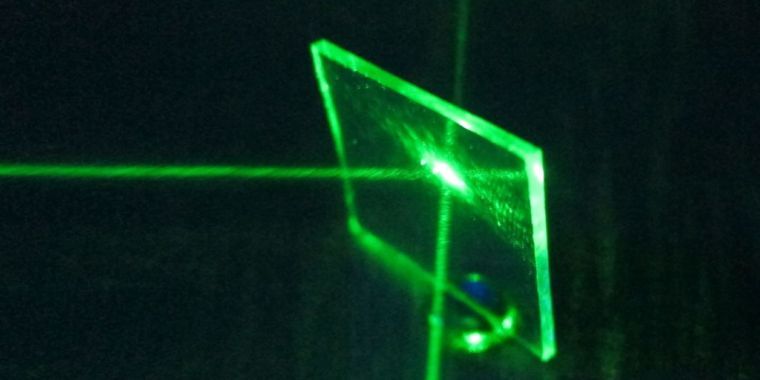
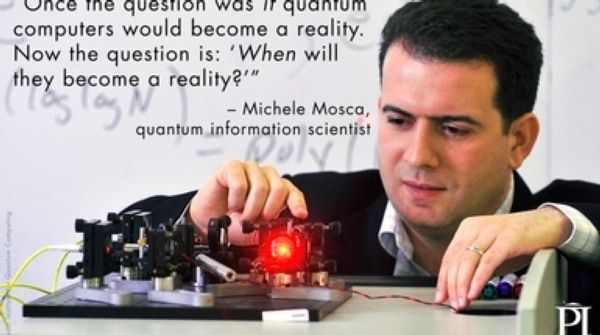
As I have continued for over a year to repeat that for any company or government entity to not include QC in their 5+ yrs future state roadmap is truly enabling their company or government to be easy pickings for hackers.
Quantum scientist Michele Mosca will discuss security in the coming quantum age during a live Webcast tonight at 7 P.M.
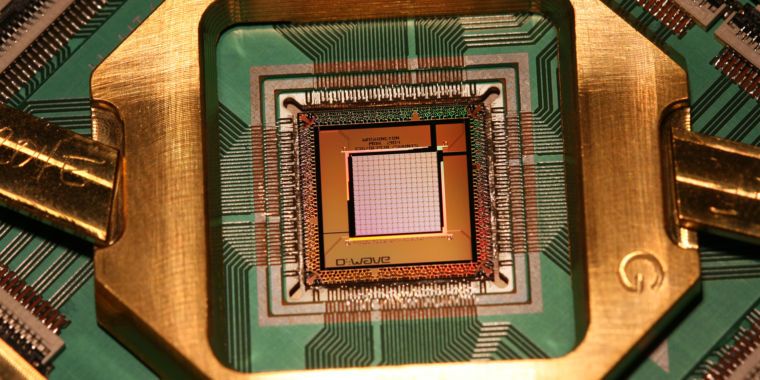

After some weeks’ hiatus, Quanta for Breakfast is back! Today I want to give my thoughts on the Fault-Tolerant Quantum Technologies Workshop that I attended this summer in Benasque, Spain. It was my first time visiting the beautiful town and both the location and the workshop definitely lived up to my expectations.
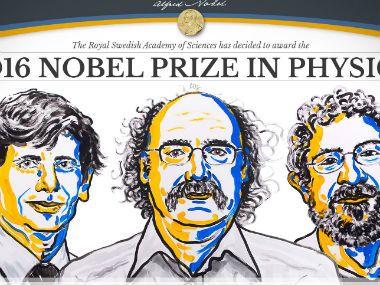
Stockholm: The Nobel Physics prize was the second of the awards to be given away, on Tuesday, to a Birtish trio — scientists David Thouless, Duncan Haldane and Michael Kosterlitz for revealing the secrets of exotic matter.
Thouless, 82, is professor emeritus at the University of Washington in Seattle. Haldane, 65, is a professor at Princeton University, and Kosterlitz, born in 1942, teaches at Brown University in Providence, Rhode Island. The laureates will share the eight million Swedish kronor (around $931,000 or 834,000 euros) prize sum. Thouless won one-half of the prize, while Haldane and Hosterlitz share the other half.
“This year’s laureates opened the door on an unknown world where matter can assume strange states. They have used advanced mathematical methods to study unusual phases, or states, of matter, such as superconductors, superfluids or thin magnetic films. Thanks to their pioneering work, the hunt is now on for new and exotic phases of matter,” said the Nobel jury.
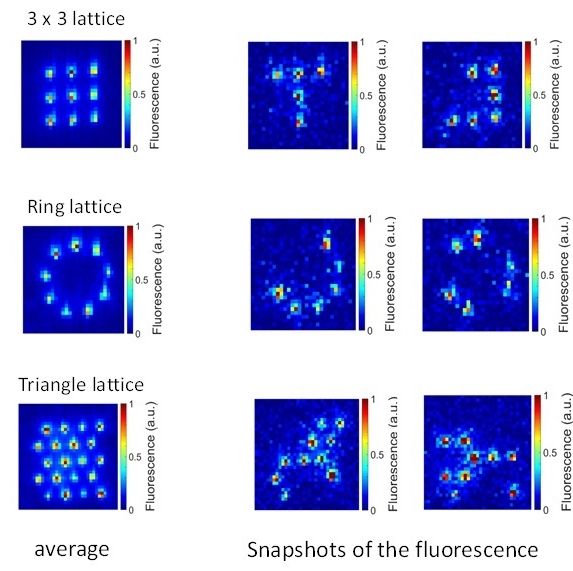
Single neutral atoms trapped individually in optical microtraps are incredibly useful tools for studying quantum physics, as the atoms then exist in complete isolation from the environment. Arrays of optical microtraps containing single atoms could enable quantum logic devices, quantum information processing, and quantum simulation.
While single atom trapping has already been achieved, there are still many challenges to overcome. One such challenge is making sure each trap holds no more than one atom at a time, and also keeping it there so it won’t escape. This requires uniform optical microtraps, which have yet been fully realized.
Now, Ken’ichi Nakagawa and co‐workers at the University of Electro‐Communications, Tokyo, Japan, together with scientists across Japan and China, have successfully demonstrated an optimization method for ensuring the creation of uniform holographic microtrap arrays to capture single rubidium (87Rb) atoms.
This type of computer not really 4 personal use. Because it calculates in every possible way its task in a fraction of second. I belive that this type of computer is built to run ai. Or to run recognition software just to give example. But just imagine the possibilities.
Quantum physics, with its descriptions of bizarre properties like entanglement and superposition, can sound like a science fiction fever dream. Yet this branch of physics, no matter how counterintuitive it seems sometimes, describes the universe all around us: As physicists have told often told me, we live in a quantum world. Soon, this will be better reflected in our technology, and everything it can do.
“We’re moving towards a new paradigm for computation,” quantum information scientist Michele Mosca, who’s based at the Institute for Quantum Computing at the University of Waterloo, recently told me. He compared this shift in thinking to when humanity abandoned the flat Earth hypothesis and accepted that our world is round.
“We realized that [our pictures of the surface of the Earth] should embed on a sphere, not a flat surface,” he said. “Now our maps make sense.” Before, we were looking at them the wrong way, and the picture was distorted. Not anymore.
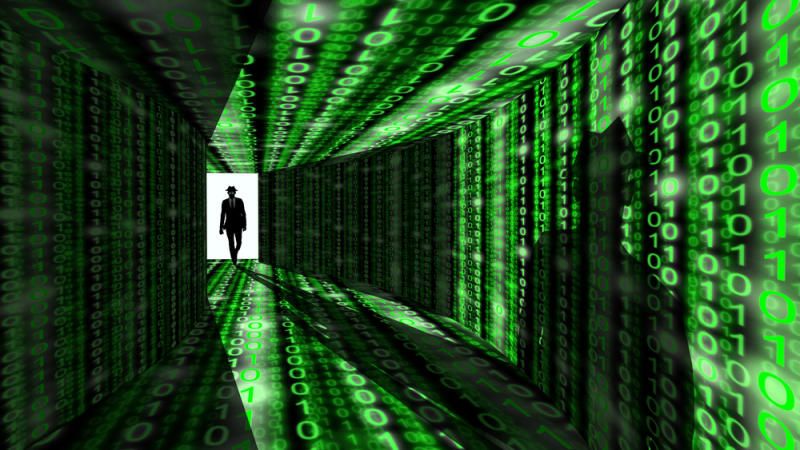
Most people will be familiar with Moore’s Law which states that the number of transistors it’s possible to get on a microprocessor doubles every 18 months. If this holds true it means that some time in the 2020s we’ll be measuring these circuits on an atomic scale.
You might think that that’s where everything comes to a juddering halt. But the next step from this is the creation of quantum computers which use the properties of atoms and molecules to perform processing and memory tasks.
If this all sounds a bit sci-fi, it’s because practical quantum computers are still some way in the future. However, scientists have already succeeded in building basic quantum computers that can perform certain calculations. And when practical quantum computing does arrive it has the potential to bring about a change as great as that delivered by the microchip.

In Brief.
Researchers have published a paper demonstrating how they were able to create the first fully programmable and reprogrammable quantum computer in the world. Other quantum computers in existence at the moment can only run one type of operation.
While several other teams and companies, including computer technology giant IBM, are in on the race towards quantum computing, all the quantum computers presented thus far can only run one type of operation—which is ironic, seeing as quantum computers can theoretically run more operations than there are atoms in the universe.